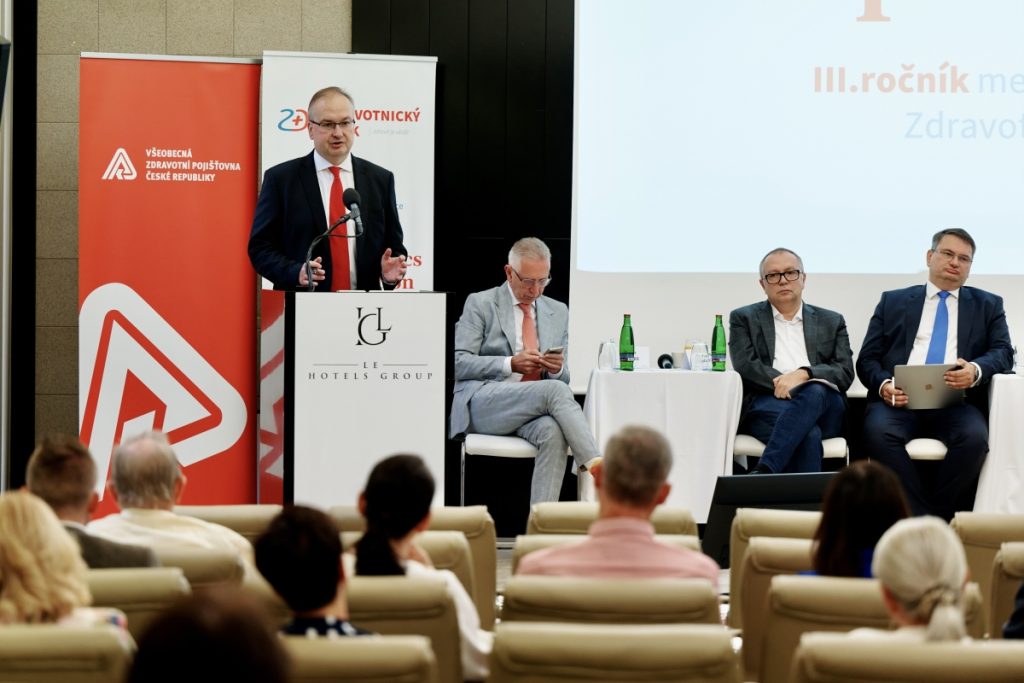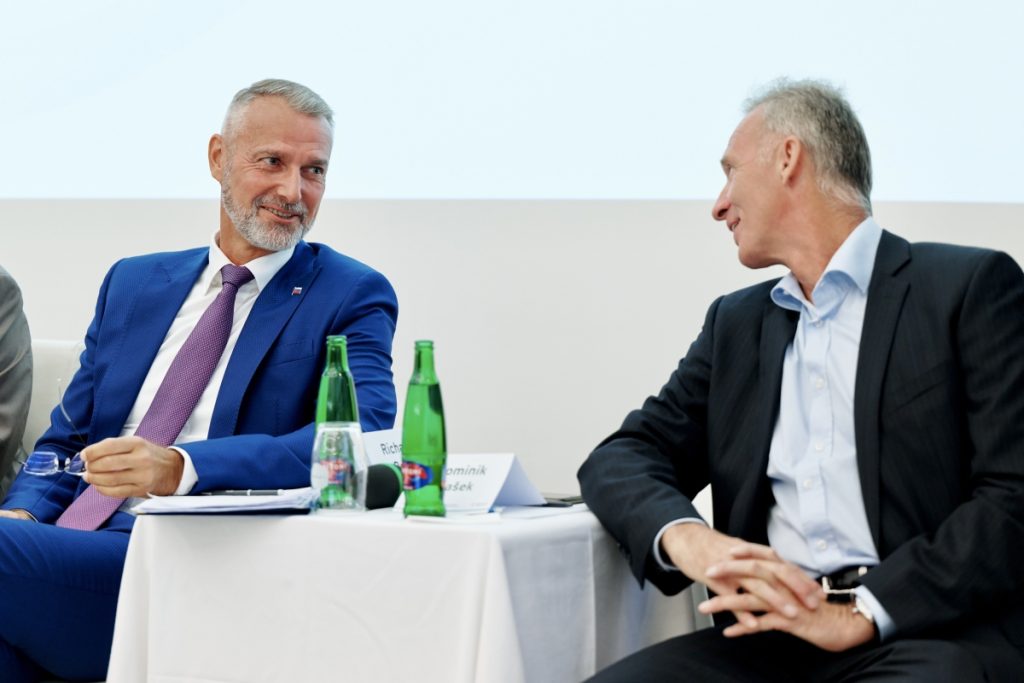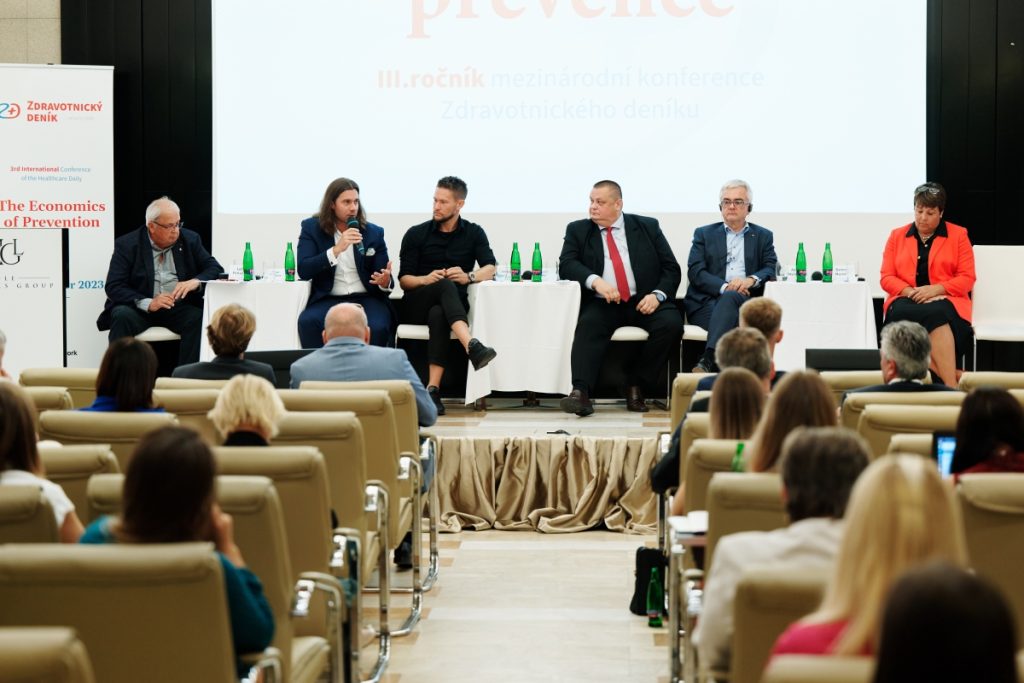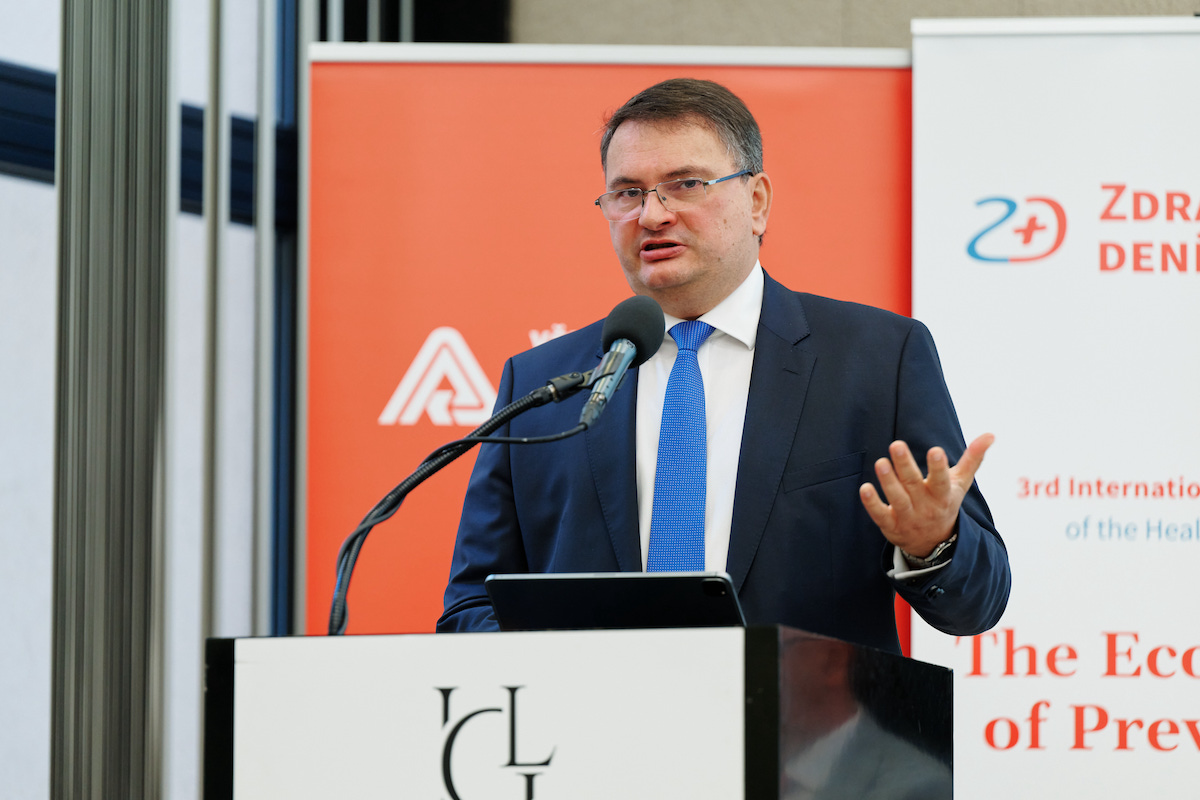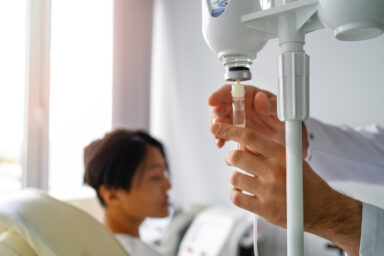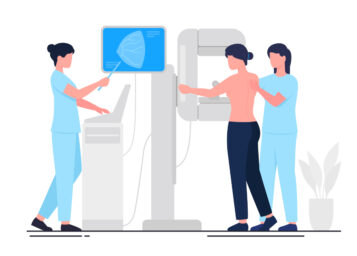Prevention has a 7 to 10 year effect, so it needs to be addressed as early as possible. However, health insurance companies should not be the primary pillar of this, nor do they have the money to do so. Michal Špaňár, CEO of the Union Health Insurance Company, said this during a panel discussion at the third annual conference of the Healthcare Daily “Economics of Prevention”. According to him, the insurance companies fulfil their obligations within the framework of secondary or tertiary prevention.
According to the head of the Union, prevention has three levels – primary, secondary and tertiary. Primary prevention, he said, is a broad area. „I agree that sports and education on healthy lifestyle is crucial in this regard. But health insurance is an afterthought in this regard. Health insurers should not be the primary pillar of prevention. They don’t even have the money for it and something would have to change,“ Špaňár said at the conference.
Nevertheless, he said, insurance companies can do something. „Even though we have a limited budget for this, we have prepared a series of podcasts, for example. In them, problems are also discussed by experts from the perspective of prevention and we have extremely positive feedback,“ he said, adding that the insurer also publishes information leaflets on prevention. He added that Slovakia and the Czech Republic would also benefit from teaching health literacy in schools.

Organised screening is less effective
As far as secondary prevention is concerned, insurance companies have a bigger role to play there, according to Špaňár. Union Insurance Company, as a subsidiary of a Dutch insurance company, has taken over several things from the Netherlands, according to him. For example, secondary prevention includes the provision of benefits with the condition of passing a preventive check-up, preventive screenings and so on.
„A popular benefit at Union is a dental allowance, which is conditional on passing a preventive dental check-up, as well as a preventive check-up with a general practitioner. As has become customary, when you target people’s most sensitive thing, which is the wallet, it works. The number of people having a preventive check-up has increased. People need to be motivated not only through health benefits but also through finances,“ the Union chief said.
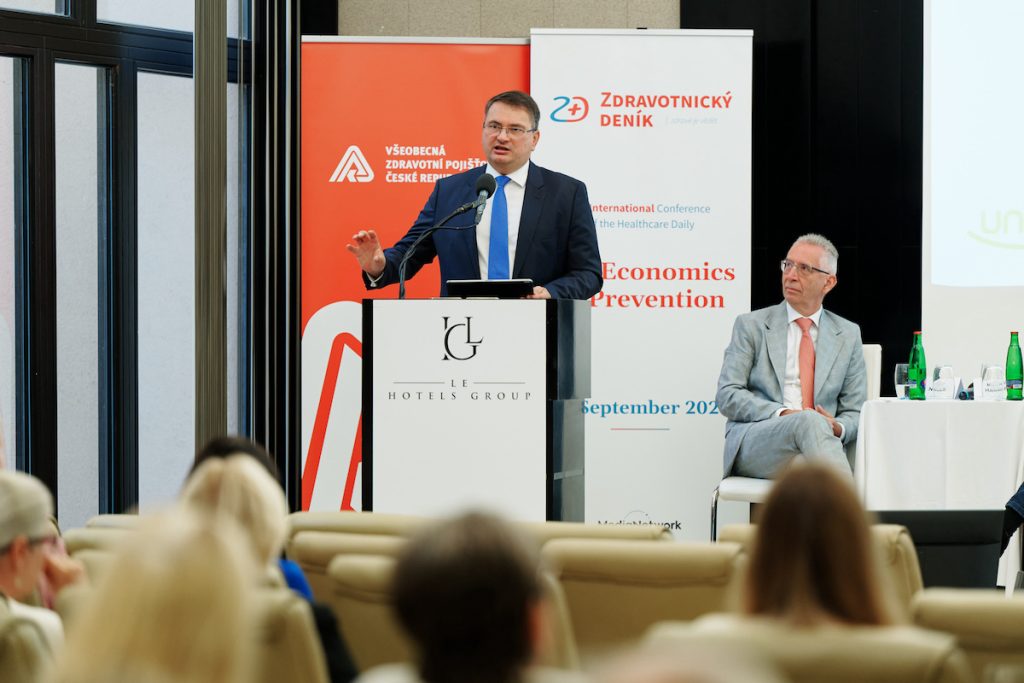
However, in his words, the practice in the insurance company has shown that the so-called organized screening is less effective than the classic invitation for a preventive check-up. In this respect, he said, the strategy still needs to be improved. „But in general, even an invitation to a preventive check-up should be set up in advance so that it is both cost-effective and efficient,“ Špaňár said.
The response rate for preventive screening was 14 per cent for colon cancer, 18 per cent for cervical cancer and 11 per cent for breast cancer. Response rates were slightly higher for invitations to general preventive check-ups (26.50%), paediatric check-ups (75.1%), dental check-ups (48.7%) and gynaecological check-ups (40.7%).
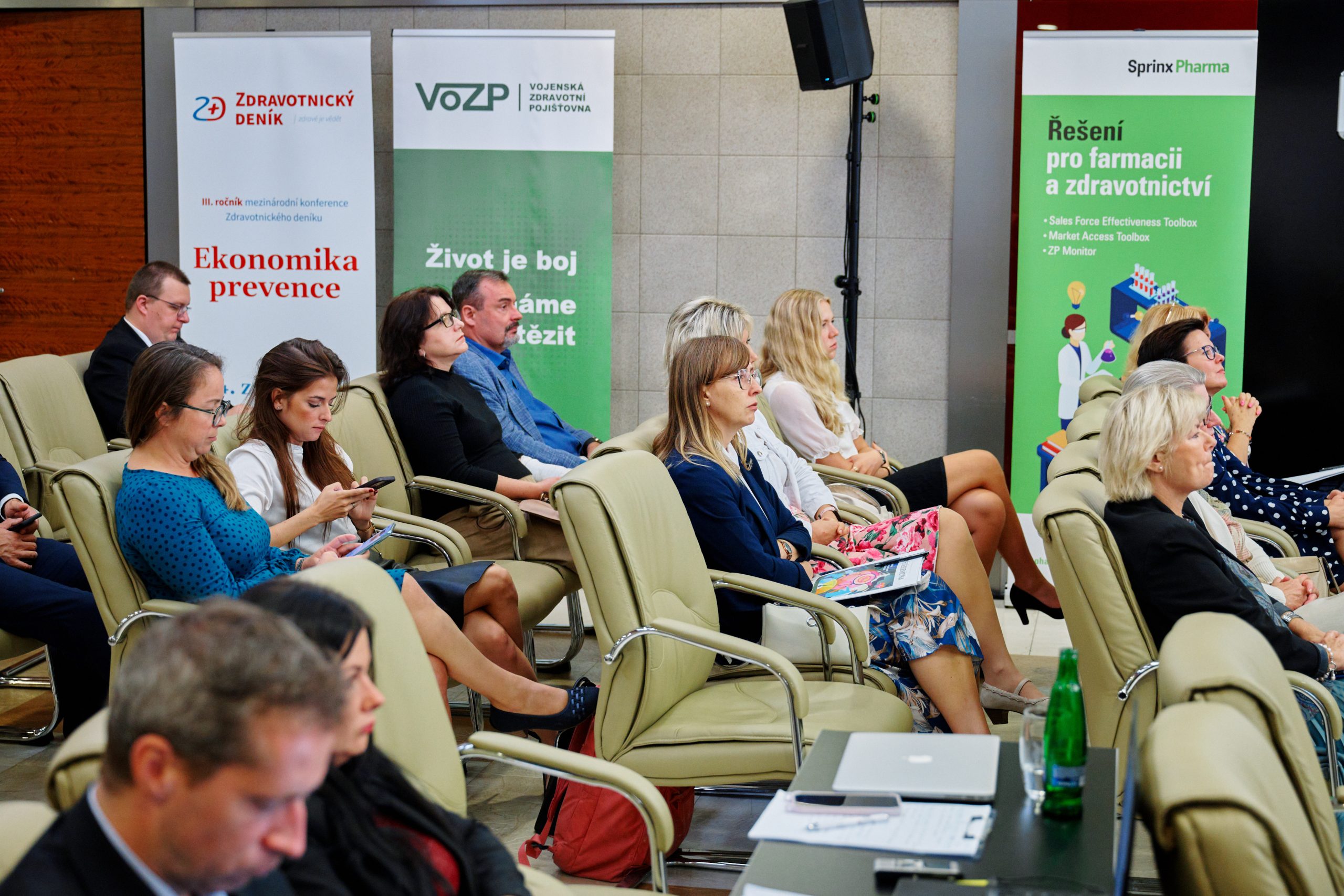
Telemedicine could be a help too
Insurance companies are also concerned with so-called tertiary prevention. This is an area that focuses on minimising pre-existing diagnoses. In this area, according to Špaňár, telemedicine and various remote monitoring can be particularly helpful. „These tools can bring a higher quality, but also a longer life expectancy. At the same time, they reduce the overall cost of financing healthcare. The problem is that telemedicine is not perceived as classical care delivery. Thus, it cannot be covered by public health insurance,“ stressed the CEO of Union Health Insurance Company.
According to Union’s findings, remote monitoring in cardiovascular diseases, for example, can help improve a patient’s quality of life and prevent hospitalisation. In Slovakia, this is one of the diagnoses that are the most common cause of hospitalisation. „We manage to prevent complications by monitoring and inviting patients to the outpatient clinic early. However, in order to roll out these activities on a larger scale, telemedicine would have to be added to the list of healthcare providers,“ he explained.
Mohlo by vás zaujímať
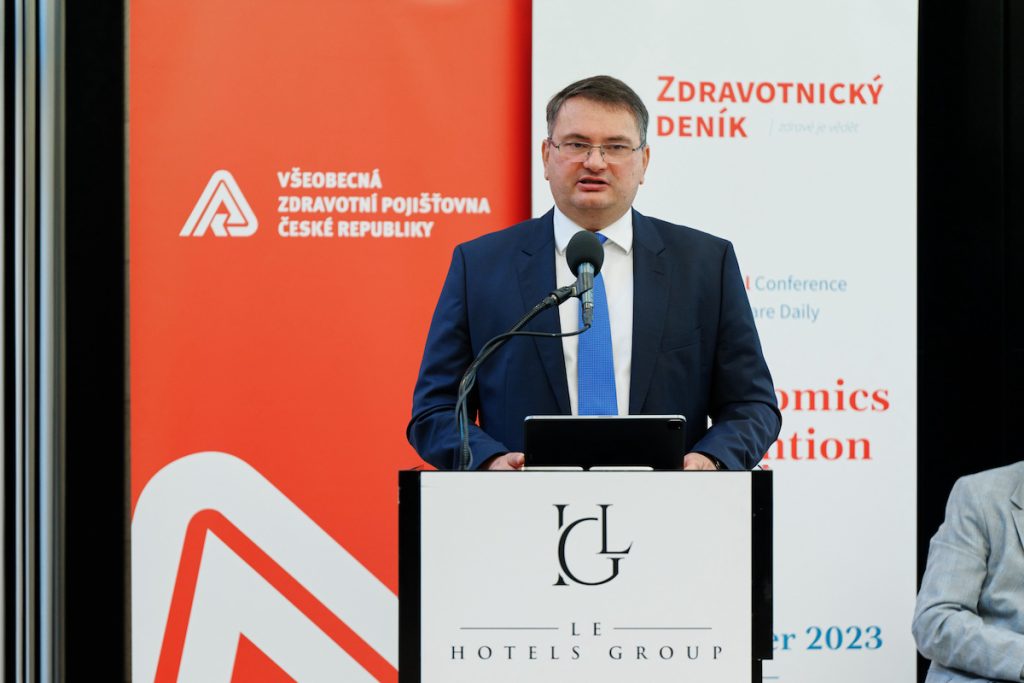
The cost of general preventive check-ups is close to €50 million per year. There are also 1.2 million people with high blood pressure in Slovakia. Paradoxically, the number of visits to doctors in the country is quite high. According to statistics, it is 10.1 visits per person, which is a very high figure compared with other countries in the world.
Despite this, Slovakia registers 12 thousand preventable deaths a year. This is the sixth worst balance within the European Union countries. According to Špaňár, this is the tip of the iceberg of problems that could be prevented if prevention were more systematic. „Prevention brings an effect in a horizon of 7 to 10 years, so it needs to be addressed as soon as possible,“ added the director of Union Insurance Company.
Miroslav Homola
Photo by Radek Čepelák
We would like to thank the General Health Insurance Company, National Sports Agency, RBP, Health Insurance Company of the Ministry of Interior of the Czech Republic, Military Health Insurance Company, EUC Medical Group and Sprinx for their support of the conference.
